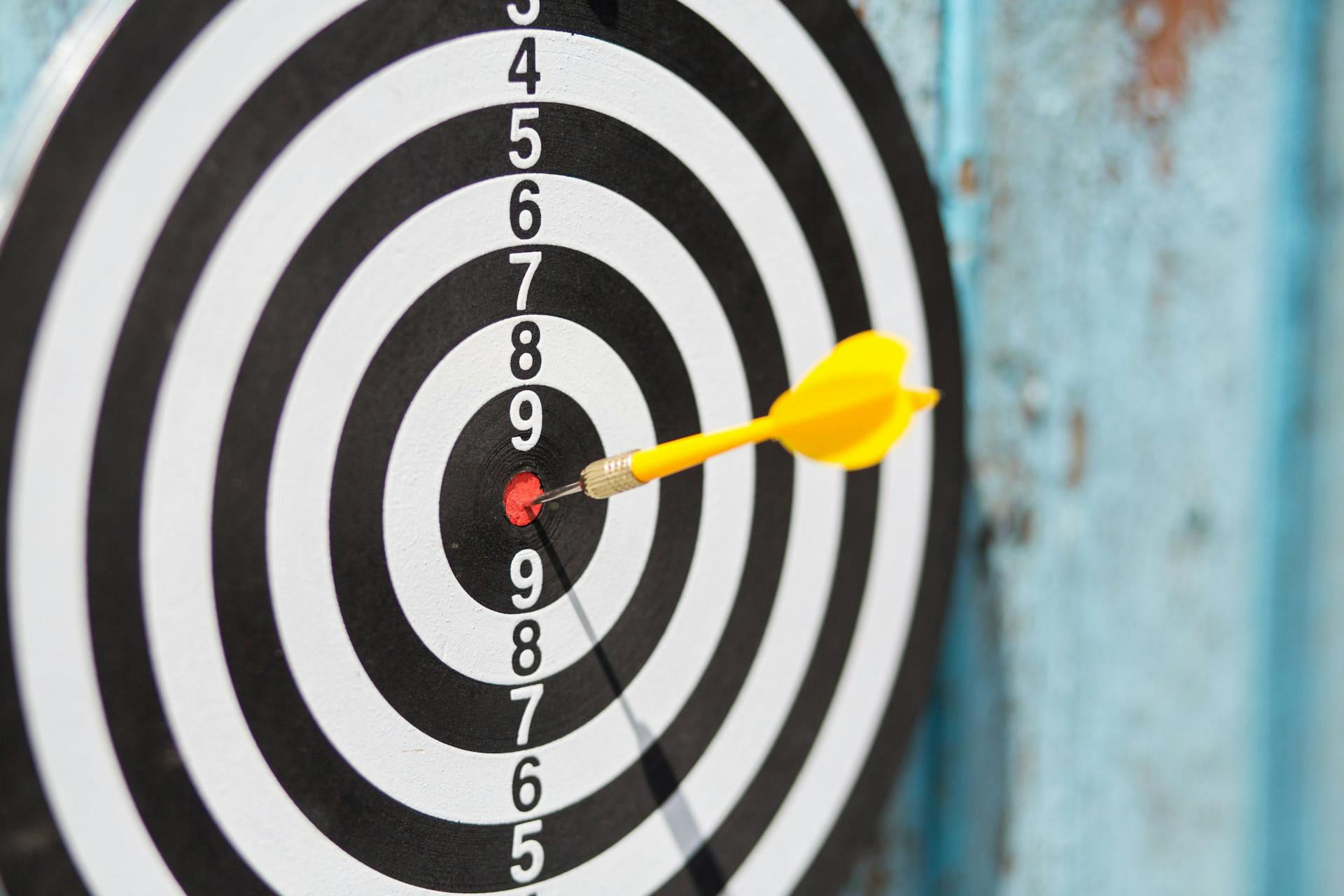Game, Set, Match: Getting Gamification Right
Funny story: I started using Duolingo, the language-learning app, exactly 427 days ago. My niece had begun French classes and I wanted to learn French, so we could converse without others intercepting us. She stopped her classes at school within 3 months. Meanwhile, I am stuck because I now have a 427-day streak on Duolingo and I cannot give that up. Actually, that’s not true; I can give it up, I just don’t want to.
At the other end of the room, my partner is busy playing FIFA 2021 on his PlayStation. I hear loud celebratory music. He opens a reward box. The screen becomes dark and then, amidst applause, out walks the latest player being added to his team. The drama of all of it is jarring and yet, addictive. I find myself waiting for him to open his weekly rewards.
When I question why he wastes time playing the game, he counters me by asking why that streak on Duolingo matters to me. I argue it’s different: I am learning a new language, thanks to that streak. But, deep down, I know he is right. We are both addicted to a form of engagement. His, a video game. Mine, gamification.
References
- Glenday, J. (2013, December 9). Candy crush saga publisher delays IPO over fears game has become ‘Too successful’. Business Insider. https://www.businessinsider.com/candy-crush-publisher-delays-ipo-2013-12
- Octalysis: Complete Gamification framework – Yu-Kai Chou. (2021, March 8). Yu-kai Chou: Gamification & Behavioral Design. https://yukaichou.com/gamification-examples/octalysis-complete-gamification-framework
- Huynh, D., & Iida, H. (2017). An analysis of winning streak’s effects in language course of “Duolingo”. Asia-Pacific Journal of Information Technology & Multimedia, 06(02), 23-29. https://doi.org/10.17576/apjitm-2017-0602-03
- 500 days of Duolingo: What you can (and can’t) learn from a language app (Published 2019). (2021, March 17). The New York Times. https://www.nytimes.com/2019/05/04/smarter-living/500-days-of-duolingo-what-you-can-and-cant-
- Massa, A., & Robinson, E. (2021, February 2). Robinhood’s role in the ‘gamification’ of investing. The Washington Post. https://www.washingtonpost.com/business/robinhoods-role-in-the-gamification-of-investing/2021/02/02/fca1f562-6598-11eb-bab8-707f8769d785_story.html
About the Author
Preeti Kotamarthi
Preeti Kotamarthi has built and led Behavioral Science teams at two of the largest tech companies in Southeast Asia and India. She established the Behavioral Science practice at Grab, helping product and design teams understand customer behavior to create better user experiences. Currently, she heads Behavioral Science and User Research at Swiggy, where she continues to blend data, design, and human insights—drawing inspiration from spending a lot of time with Indian consumers. With a Masters in Behavioral Science from the London School of Economics and an MBA in Marketing from FMS Delhi, Preeti brings over 12 years of experience in consumer products, from co-founding a rural startup in India to shaping behavioral design in tech. Her passion lies in making behavioral science a core part of the product development process. When she’s not uncovering human insights at work, she’s likely busy applying behavioral lessons on her two-year-old.
About us
We are the leading applied research & innovation consultancy
Our insights are leveraged by the most ambitious organizations
“
I was blown away with their application and translation of behavioral science into practice. They took a very complex ecosystem and created a series of interventions using an innovative mix of the latest research and creative client co-creation. I was so impressed at the final product they created, which was hugely comprehensive despite the large scope of the client being of the world's most far-reaching and best known consumer brands. I'm excited to see what we can create together in the future.
Heather McKee
BEHAVIORAL SCIENTIST
GLOBAL COFFEEHOUSE CHAIN PROJECT
OUR CLIENT SUCCESS
$0M
Annual Revenue Increase
By launching a behavioral science practice at the core of the organization, we helped one of the largest insurers in North America realize $30M increase in annual revenue.
0%
Increase in Monthly Users
By redesigning North America's first national digital platform for mental health, we achieved a 52% lift in monthly users and an 83% improvement on clinical assessment.
0%
Reduction In Design Time
By designing a new process and getting buy-in from the C-Suite team, we helped one of the largest smartphone manufacturers in the world reduce software design time by 75%.
0%
Reduction in Client Drop-Off
By implementing targeted nudges based on proactive interventions, we reduced drop-off rates for 450,000 clients belonging to USA's oldest debt consolidation organizations by 46%




















